The following is the text of a National Trust press release, issued on 27/3/2024, reporting on a landscape-scale project to conserve rare species on The Lizard, funded by Natural England’s Species Recovery Programme.
Nature recovery on the Lizard is working from the ground up
- Landscape scale recovery will conserve Cornish micro habitats
- Natural England funding to help save rare lichens, wildflowers and invertebrates
- Natural habitat will be given a helping hand with the creation of new areas of ponds, clearing scrub and cutting fire breaks to help protect the area from an increasing risk of wildfires
Down on the Lizard, in deepest Cornwall, a landscape-scale coastal project to recover rare species is starting from the ground up.
Funded by Natural England’s Species Recovery Programme [1] the National Trust is honing in on the important conservation of the vital micro habitats found on cliffs and bare rocks, in ditches, pools and trackways. In these often overlooked places, tiny lichens, liverworts and the smallest plants are key to the ongoing success and survival of the whole landscape.
The Lizard is one of the most biodiverse places in the country, with many unique species finding refuge on semi-natural heathlands and grasslands and along the coastline. But, worryingly many species that make the Lizard such a special place for nature seem to be in decline, and even facing extinction.
Much of the Lizard is in the care of the National Trust, Natural England and Cornwall Wildlife Trust – the three partners in the Lizard National Nature Reserve (NNR). The National Trust and Natural England are working closely together on this project, with the overall aim of recovering species across the entire 2,400 hectare NNR.
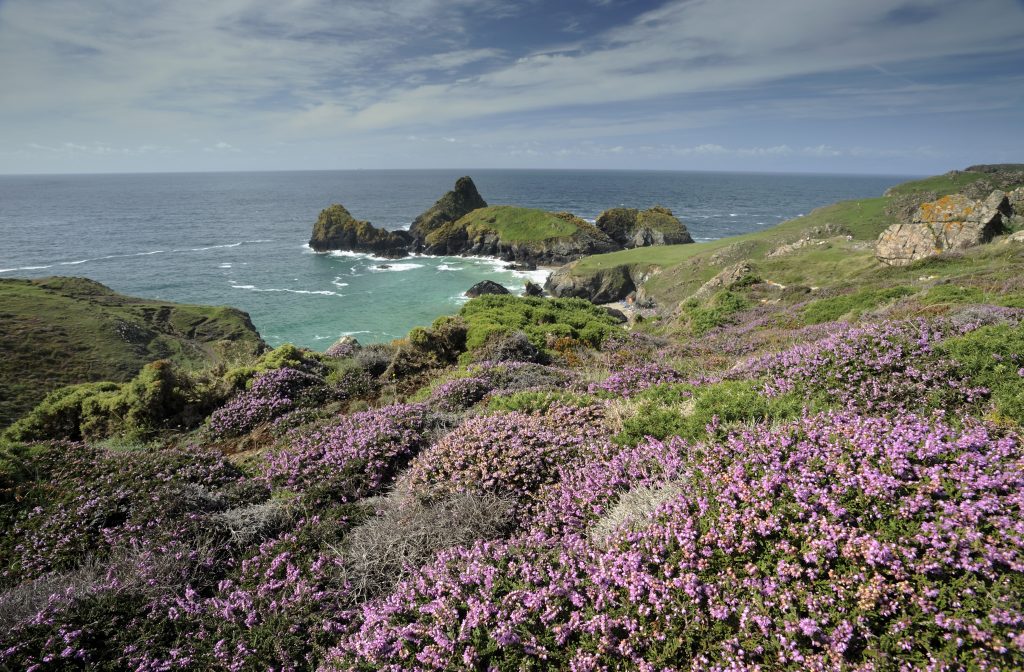
Kynance Cove, The Lizard, Cornwall
© National Trust Images/Ross Hoddinott
Many so-called ‘Lizard specialities’ are to be found nowhere else in the UK, and 15 of these key species [2] are central to the success of this new project – from very rare, crusty lichens and rosettes of black crystalwort to wild asparagus, dainty yellow centaury and pygmy rush. Using a diverse approach of different land management practices, including using multiple species to help manage the land – this unique project aims to restore and revitalise not only the Lizard rarities but also the unique wider landscape.
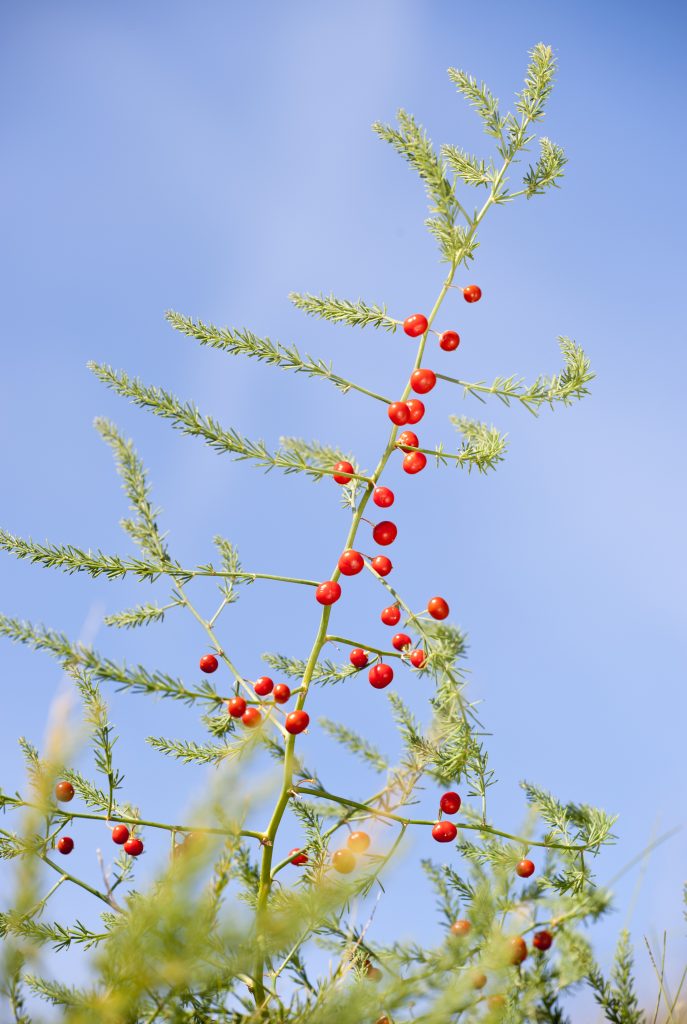
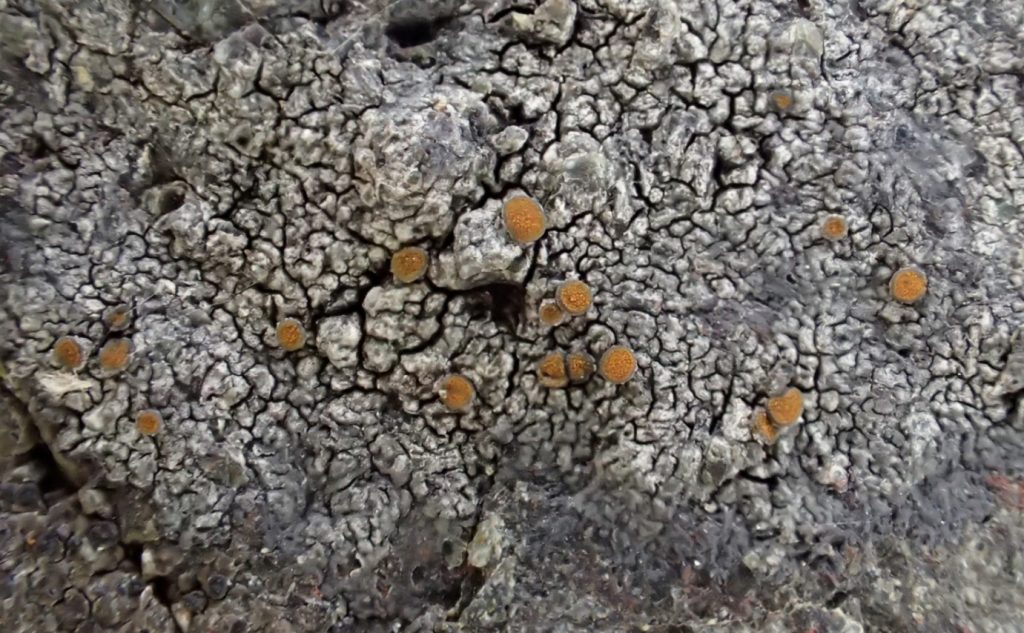
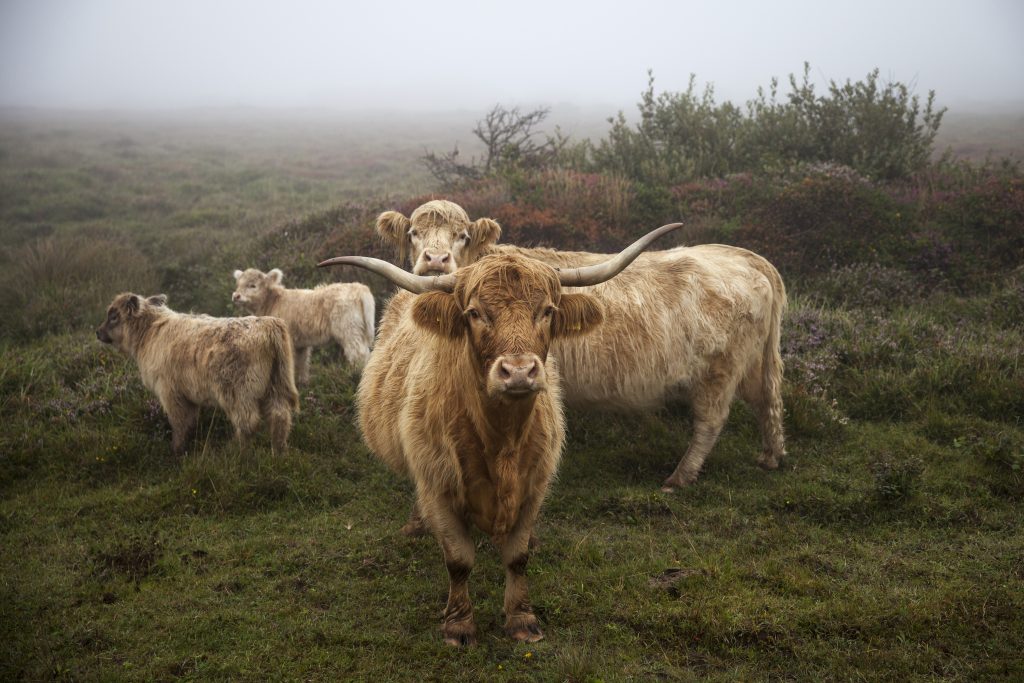
Detailed surveys by the University of Bristol and local botanists, dating back to the 1970s set an unparalleled baseline against which to assess change. Unfortunately the results from four years ago, indicated the habitats and species were struggling.
Seth Jackson, National Trust Project Manager of the Lizard Rarities Project explains: “A 2020 review suggested that 40% of the most important plant species appear to be in decline. And many of the Lizard specialities, such as twin-headed clover, upright clover and dwarf rush, have become fragmented and lost from up to 50 sites surveyed in just 40 years.
“The most important and urgent task is to expand wild populations, encourage natural recolonisation and cushion the expected impacts of climate change. Working closely with tenants, graziers and the local community will ensure a joined-up and long-term sustainable approach to habitat management, along with a programme of monitoring and surveys to improve the understanding of Lizard flora and fauna.
“Here on the Lizard, despite the wonderful landscape and the rich biodiversity it supports, we are not immune to the pressures that climate warming and habitat change bring, and many rare species are struggling.
“With this welcome funding from the Natural England Species Recovery Programme we can really start to protect both species and microhabitats. while linking together the whole landscape.
“In some cases, the positive impacts may be seen almost immediately, with annuals such as yellow centaury taking advantage of the newly created scrapes and disturbed ground. For other species, it’s more about providing the space and conditions for them to move through the landscape and colonise new areas, rather than being confined to well-managed ‘hotspots’. From the smallest outcrop to the wider heath the Lizard can be shared by both wildlife and people into the future.”
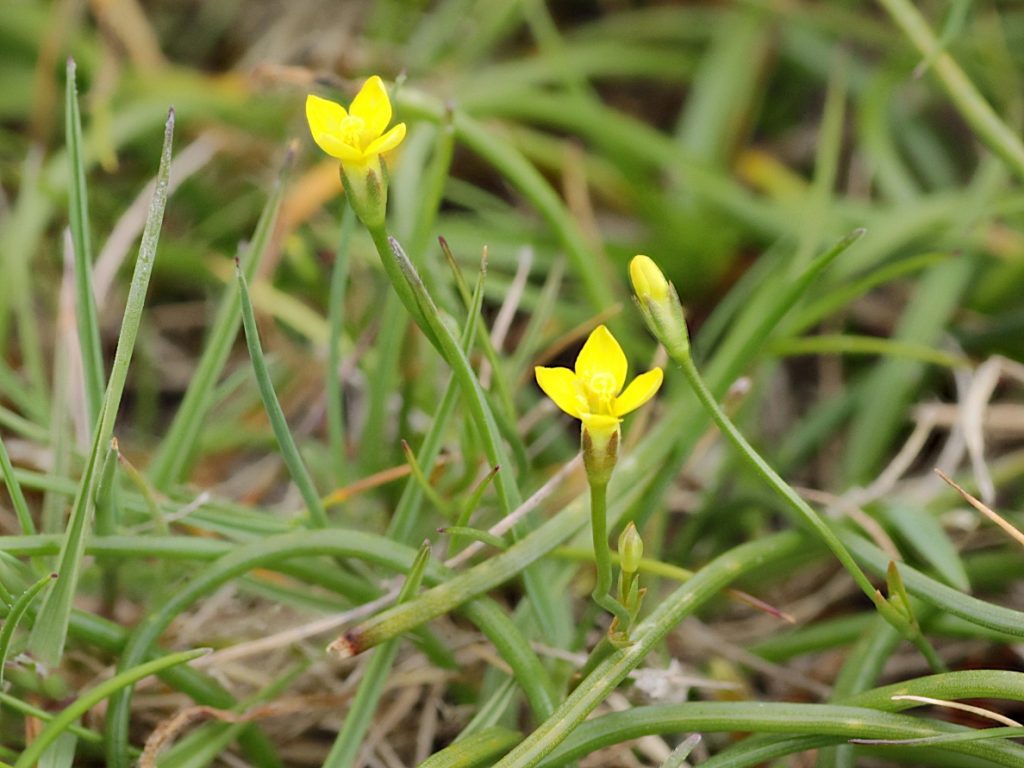
Karen Shelley-Jones, Natural England Species Recovery Programme manager said: “We are delighted to be working with the National Trust on this project which epitomizes what our Species Recovery Programme is all about – delivering targeted bespoke action to reduce the risk of extinction for some of our most threatened (and often overlooked) species.”
There is much work to be done. The serpentinite rock on the Lizard is of national importance for lichens, and these are at risk from encroaching ivy which has to cleared by hand. Wild asparagus is being crowded out by a creeping blanket of invasive, non-native species Hottentot fig and purple dewplant along the cliffs at Lizard Point. And the caterpillars of Grayling butterflies feed on bristle bent and sheep’s fescue – both of which grow well here after targeted heathland burning and the cutting of firebreaks.
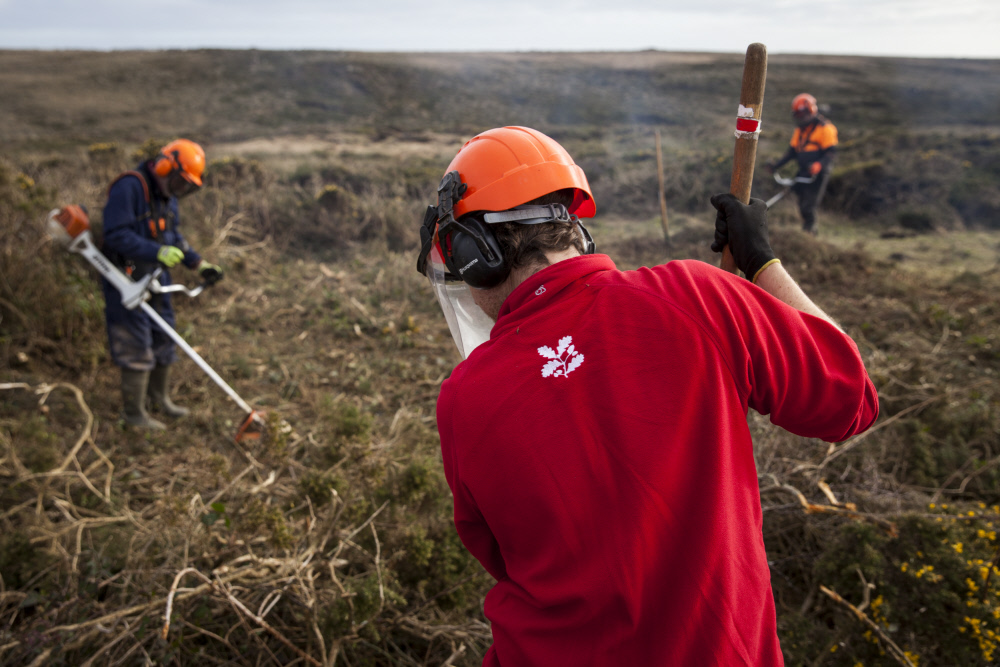
© National Trust Images/Seth Jackson
These firebreaks will be created to protect isolated species from the impacts of fire. Summer wildfires are increasingly common as the climate warms and pose a real threat to fragmented populations confined to small areas. They also encourage other plants to grow, such as pale dog violet and devil’s-bit scabious.
Additionally, targeted scrub clearance will also link up existing botanical hotspots, reinstate previously scrub-free grassland slopes and remove encroaching scrub from rock outcrops and historic quarries. Mechanical pond digging and scrape creation will create new microhabitats, including fresh habitats for annuals that require bare, disturbed ground to germinate. Alongside this work, there will be the controlled heathland burns and pony and cattle grazing to help create a mosaic of different heathland habitats that benefit a wide range of Lizard wildlife.
Ben McCarthy, National Trust Head of Nature and Restoration Ecology, said: “As the pressures on our natural environment continue to mount we need to adopt new approaches to successfully conserve nature.
“Whilst the Lizard has always experienced the full impact of the weather rolling in across the Atlantic, it is the more pernicious impact of a warming planet, invasive species and atmospheric pollution that is accelerating the loss of our most threatened habitats and species.
“The work we’re doing on the Lizard looks to adopt more adaptative approaches to tackle these major drivers of biodiversity loss – specific targeted action where necessary, but more broadly looking to kick start natural processes that give our most threatened species the best chance to respond to these modern-day pressures.
“By working closely with our partners we are able to deliver more adaptive approaches at the scale necessary to ensure the Lizard remains one of our most spectacular landscapes with its unique wildlife.”
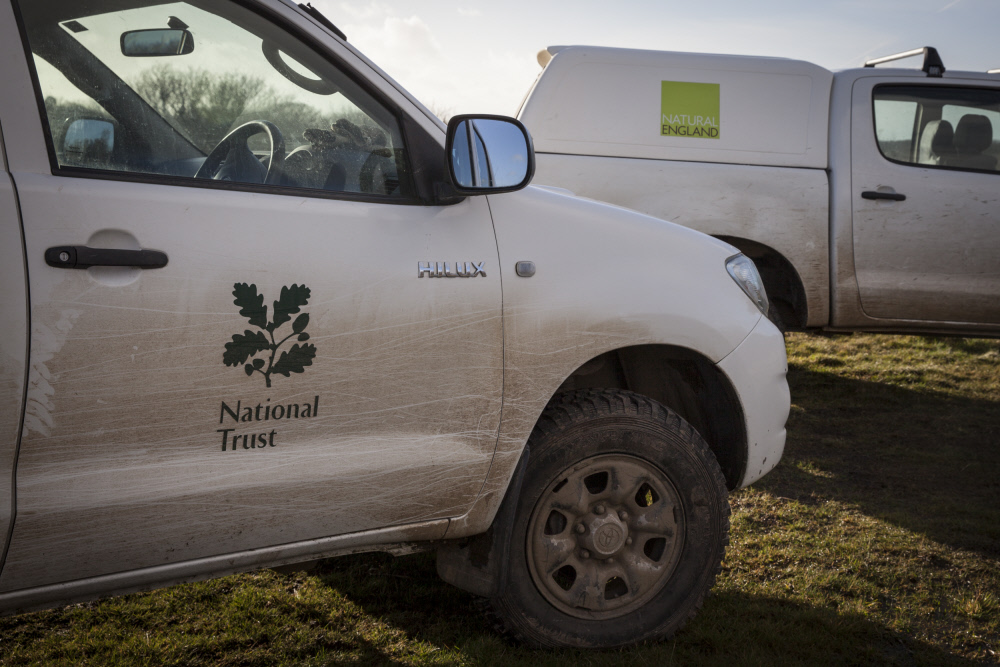
Andrew Byfield, Technical Adviser to the National Trust, added: “The Lizard is one of the most exciting lowland coastal landscapes in the county, with a great many nationally rare and threatened species. By addressing the fate of these threatened plants and animals that together make this place so special, the project is also protecting the whole landscape, and also supporting the more common ones.”
– Ends –
Notes to editors
[1] Natural England Species Recovery Programme
National Trust funding for this Lizard Rarities Project is £351,620 over two years.
The Species Recovery Programme (SRP) is a flagship programme for NE, delivering species recovery action over the last 30 years, building partnerships for species and nature recovery with environmental groups and research institutions. Since 1990, SRP has funded action for over 1000 species, and played a leading role in preventing extinction in England (and often the UK) of at least 35 species. The SRP is focused on reducing the risk of extinction and promoting the recovery of our most threatened species, especially through bespoke targeted action for these species. Projects funded under the programme recovered numerous charismatic species such as the cirl bunting, dormouse and large blue butterfly as well as supporting some of the more “overlooked” fungi and plant taxa.
The Programme has been enhanced through the new Species Recovery Programme Capital Grants Scheme (SRPCGS) launched in April 2023. An announcement of 63 successful projects was made by Natural England in September 2023. Led by 46 organisations with a further 28 partners the total value of these SRPCGS grant awards is £14.5 million. 150 threatened species are being targeted to benefit from this investment over two financial years.
[2] Targeted project species – 3 lichens, 3 liverworts, 8 vascular plants and 1 butterfly:
Caloplaca aractina – very rare crusty (yellow) lichen on rocks
Lathagrium (Collema) latzelii – crusty dark lichen on rocks
Serpentine Solenopsora Solenopsora liparina – dark lichen on rocks
Heath Pouchwort – Gongylanthus ericetorum – liverwort, common
Lizard Crystalwort – Riccia bifurca
Black Crystalwort – Riccia nigrella – rare rosette liverwort on soil, paths, rocks etc
Wild Asparagus – Asparagus prostratus – rare
Yellow Centaury Cicendia filiformis – delicate yellow flowering plant, likes winter shallow water
Fringed Rupturewort Herniaria ciliolata subsp. ciliolata – very rare plant
Land Quillwort Isoetes histrix – aquataic, related to mosses, mainly Mediterranean
Dwarf Rush Juncus capitatus – on rocky outcrops and cliff edges
Pygmy Rush Juncus pygmaeus – rare annual rush, only on Lizard in UK
Twin-headed clover Trifolium bocconei – shallow soil and grassland near sea
Upright clover Trifolium strictum
Grayling Hipparchia Semele – large butterfly
About the National Trust
The National Trust is an independent conservation charity founded in 1895 by three people: Octavia Hill, Sir Robert Hunter and Hardwicke Rawnsley, who saw the importance of the nation’s heritage and open spaces and wanted to preserve them for everyone to enjoy. Today, across England, Wales and Northern Ireland, we continue to look after places so people and nature can thrive.
We care for more than 250,000 hectares of countryside, 780 miles of coastline, 1 million collection items and 500 historic properties, gardens and nature reserves. In 2022/23 we received 24 million visitors to our pay for entry sites. The National Trust is for everyone – we were founded for the benefit of the whole nation, and our 5.7 million members, funders and donors, and tens of thousands of volunteers support our work to care for nature, beauty, history for everyone, for ever.
About Natural England
Natural England is the government’s advisor on the natural environment. We provide practical advice, grounded in science, on how best to safeguard England’s natural wealth for the benefit of everyone. Our remit is to ensure sustainable stewardship of the land and sea so that people and nature can thrive. It is our responsibility to see that England’s rich natural environment can adapt and survive intact for future generations to enjoy.
